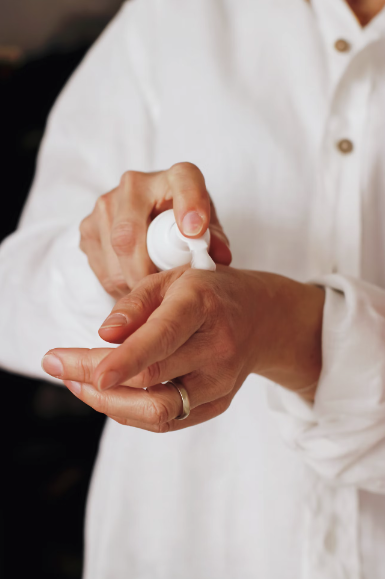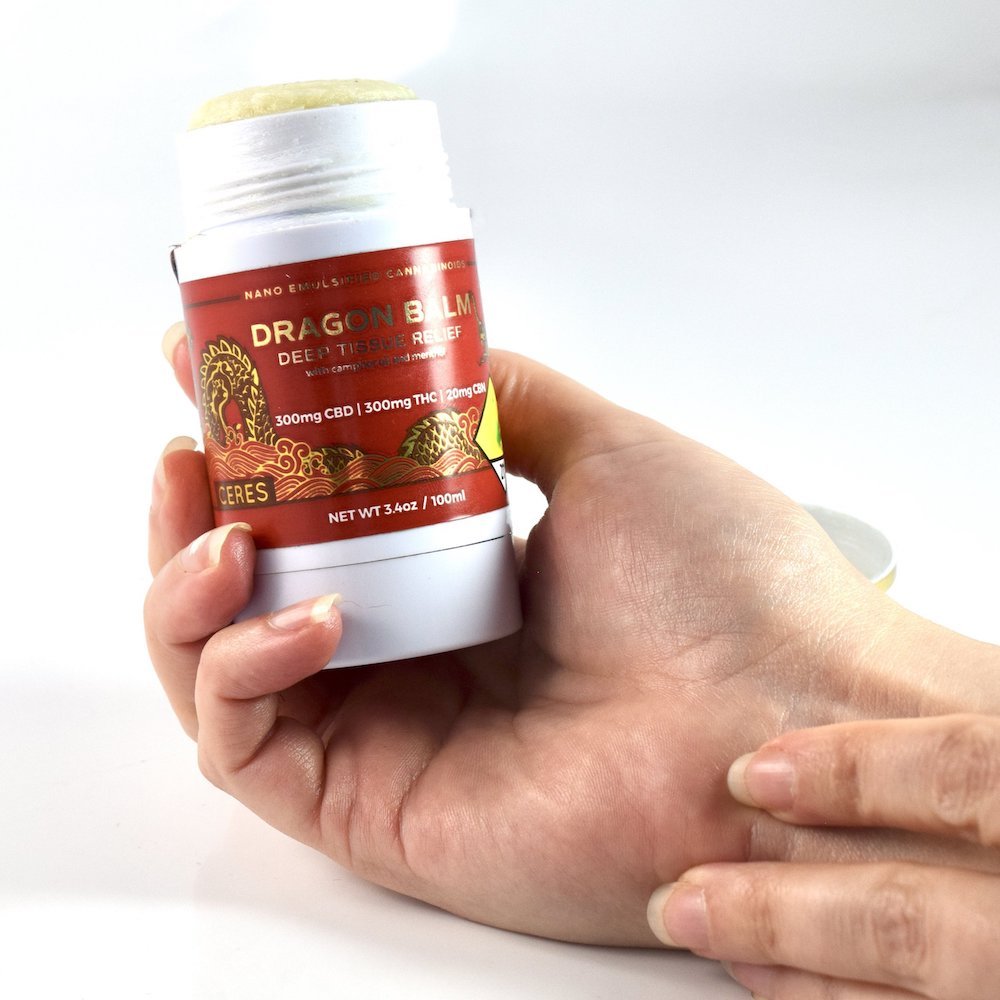Buying Guide for CBD Topicals and Dragon Balm
By Jeff Eckenrode, COO
Quick Answer: CBD topicals, like Dragon Balm, are cannabis-infused creams, gels, or salves designed to provide localized relief from pain, soreness, and inflammation—without getting you high. These products work by interacting with CB2 receptors in the skin to reduce discomfort. Dragon Balm combines CBD, THC, menthol, camphor, and clove for deep tissue relief, and comes in both a traditional salve and a convenient roll-on for on-the-go use.
Winter is in full swing!
And that means short, chilly days and long, cold nights are once again the norm in the Pacific Northwest.
But along with the quiet beauty that winter brings often comes the familiar aches and pains of old injuries and weary joints.
So if you’re in search of relief from the aches and pains that come with the season, then you’re in the right place!
Photo credit: Getty Images
Below is our guide to help you find and choose the best CBD-rich topical for your needs.
So what’s a topical, anyway?
Topicals include all cannabis-infused gels, lotions, and balms. When they are rubbed or smeared onto the skin, they are slowly absorbed through your skin over time.
Photo credit: Natliya Melnychuk
Do topicals with THC get you high?
Although many topicals contain THC (the principal intoxicating property of marijuana), their effects are almost always non-intoxicating. Especially when applied to the skin.
So what does that mean for you? Simply put, topicals are the best product for anyone looking to ease physical discomfort without feeling intoxicated!
So, how do topicals work?
There are receptors located all over your body that allow you to absorb THC and CBD. These receptors are connected in a network that scientists call “the endocannabinoid system”.
Scientists sort these receptors into two groups, called CB1 and CB2 receptors.
Image credit: CBD Market
What’s the difference between CB1 and CB2 receptors?
Put simply, location and function!
CB1 receptors are located mostly in your brain, with fewer receptors located throughout the body. These receptors are remarkably good at absorbing THC. So when you inhale or ingest marijuana, the THC molecules that enter your bloodstream are absorbed by CB1 receptors in your brain (and the relatively few receptors located throughout the body).
The result? You get high!
In contrast, CB2 receptors are located throughout your body (including your skin), with a few receptors scattered throughout the brain. These receptors are particularly good at absorbing CBD (a non-intoxicating but therapeutic property of cannabis).
And just like THC, when you inhale, ingest or rub CBD-rich marijuana on your skin, the CBD molecules that enter your bloodstream are absorbed by CB2 receptors throughout your body (and your brain!)
The result? When CBD is absorbed by the CB2 receptors in your body, they play an important role in mitigating soreness and discomfort.
What types of THC/CBD topicals are out there?
Photo credit: Sara Scarpa
There’s a wide variety of topicals on the market today. But today we’re going to keep things simple by taking a close look at just a few types of our most popular topical product: Dragon balm.
What’s Dragon Balm?
Dragon Balm is a popular THC/CBD topical made by Ceres, one of the oldest cannabis companies in Washington State.
Photo credit: Ceres Garden
Made with pesticide-free cannabis grown in Everson, WA, Dragon Balm is produced and packaged in Ceres’ state-of-the-art extraction facility in Granite Falls, WA.
Dragon Balm comes in a variety of forms, so let’s take a look at each one below.
The Classic: Dragon Balm Deep Tissue Salve
The original and most popular form of Dragon Balm.
Designed for deep tissue relief, Dragon Balm is made with menthol to cool and reduce inflammation and itchiness, camphor to increase blood flow and reduce swelling, and clove to minimize inflammation and maximize its cooling effects.
When rubbed directly on the skin, the cooling menthol and numbing camphor ease common muscle and nerve discomfort.
2. For on-the-go relief: Dragon Balm Deep Tissue Roll-On
But what if you’re on the go and need something small for your backpack, purse, or gym bag?
Dragon Balm’s Deep Tissue Roll-on is the newest and most portable option for pain relief while on the go!
This formulation comes in a compact and convenient roll-on applicator and includes rare, therapeutic cannabinoids like CBN and CBG.
Still have CBD topical questions?
Then let us know by commenting here or on our social media accounts!








